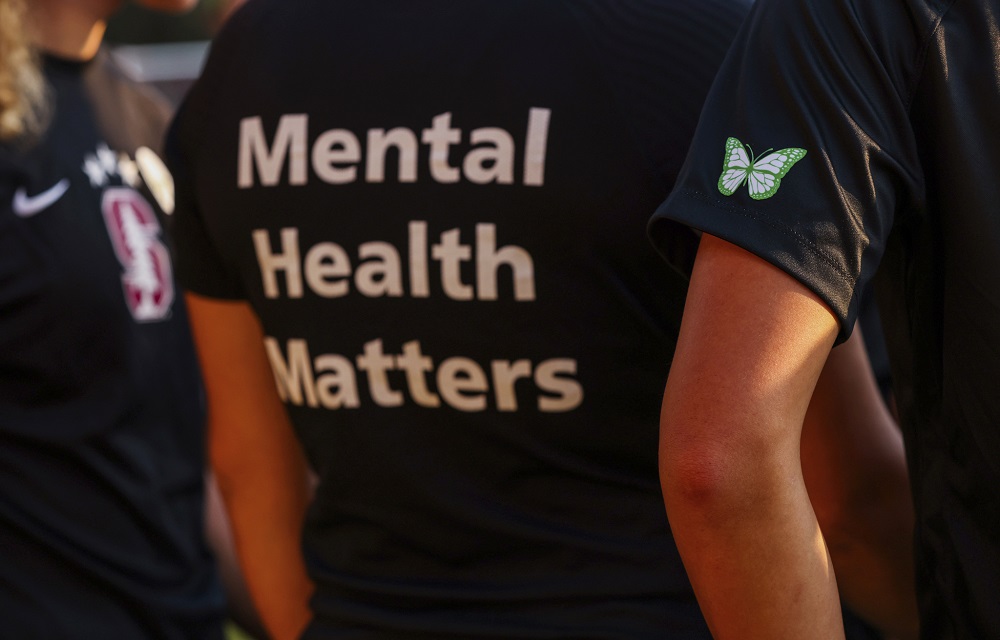Jane Cullen does a lot of hiring as program manager at Orchards Children’s Services, a nonprofit in Southfield, Michigan that works with families under child welfare investigations, licenses foster homes and provides other support to children and families.
Before the pandemic, a typical job listing for a social worker might have drawn 100 applicants, but the last one received just five responses.
“It was a startling contrast,” said Cullen, who also teaches in the social work department of Eastern Michigan University.
Cullen’s observation echoes that of others in her field and national data showing a looming shortfall of social workers in some areas. In 2016, researchers at the Cleveland Clinic and Villanova University predicted that the number of states experiencing social worker shortages would jump from 20 to 38 by 2030, reaching a national shortfall of nearly 200,000 social workers. But even that estimate may understate the shortage, according to a federal center studying the child welfare workforce.
As schools and states ramp up their responses to what the U.S. surgeon general called a youth mental health crisis, many are scrambling to hire enough social workers and behavioral health professionals. And many child welfare agencies that employ social workers, long coping with high turnover rates for field staff, have seen little improvement.
Many experts tie the current social worker shortage to the coronavirus pandemic, but say this crisis only exacerbated longstanding issues of pay and working conditions. Since then, inflation, a tight labor market and culture war conflicts over how to handle issues like gender and race with children have driven people away from the field, they say.
Yvonne Chase is president-elect of the National Association of Social Workers, which represents 110,000 members in 55 chapters around the world.
“Salary has been an issue for many years,” said Chase, who is also an associate professor in the University of Alaska, Anchorage’s human services department. “It used to be … state government salaries for social workers were better than nonprofits, but we’re finding that neither segment has actually kept up with inflation.”
Job satisfaction is also a concern, particularly in high-stress specialties like child welfare investigations, she added.
A 2020 study funded by the U.S. Department of Health and Human Services found a majority of public child welfare social workers were subjected to verbal abuse on the job and nearly half showed signs of post-traumatic stress disorder. The study also found high rates of turnover and unfilled vacancies, with departing employees citing unmanageable workloads.
“When you end up with more cases than are humanly possible to deal with, you’re not giving adequate service to any of the clients that you have on your caseload,” said Chase. “As positions are not being filled … others are trying to cover those caseloads.”
While social workers work in a range of settings — including hospitals, nursing homes, jails and substance abuse treatment centers — about half work with children or families or in schools.
Michael A. Lindsey, dean of New York University Silver School of Social Work, said his school is seeing fewer applications and lower enrollment.
“To decide to go into social work when everything is so visceral would be possibly a difficult decision for a young person.”
— Jane Cullen, Orchards Children’s Services
Even before COVID, he said students struggled to justify the cost of social work educational training with likely salaries following graduation. A public health degree appeals to students with similar goals and values and could have a higher return on investment, he said.
“You see the proliferation of public health programs, because the pandemic had a visceral impact on our public health systems,” Lindsey said. “It’s not a competition at all, I’m not suggesting that, but I think that the reality is that folks have tended to move into that space.”
Some also blame political tensions that have cast social workers as pawns in the culture wars. Texas, for example, has implemented a policy that casts gender-affirmative healthcare for minors as child abuse, making families that pursue that care subject to child welfare investigations.
Other states have passed laws or are exploring ways to regulate how teachers, counselors and youth-serving professionals discuss issues like gender and race with children.
“To decide to go into social work when everything is so visceral would be possibly a difficult decision for a young person,” said Cullen.
Rural communities have been particularly affected by social worker shortages.
Brock Slabach, the chief operations officer of the nonprofit National Rural Health Association said there is a broad, “severe workforce shortage in rural areas across all sectors, including social workers.”
Intense training requirements, including year-long internships to become licensed clinical social workers, are partially driving that shortage, according to Slabach.
“Hospitals in rural areas find it difficult to pay a salary, and the person in training can’t bill for services,” he said. “Often, not long after they complete their training, they may leave the rural community for positions that pay better in larger urban areas.”
Late last year, Virginia’s health and human resources secretary cited a “shortage of behavioral health professionals” — particularly acute in rural and underserved areas — as the reason for the commonwealth’s decision to speed up the process by which some licensed social workers previously licensed in other states can receive Virginia licenses.
Other states are using federal grants to place more social workers and counselors in schools and in mental health roles. And recent state budgets, including in New York and Wisconsin, could send millions more to support mental health services for youth.
The Bipartisan Safer Communities Act signed into law last year, includes, in addition to gun safety measures, billions more for mental health and youth mental health, including hundreds of millions to increase the number of school-based mental health providers. That’s in addition to local schools’ spending of federal COVID relief money on counselors and other mental health needs.
While the new funding doesn’t address all aspects of the social worker shortage, it does give hope to Lindsey, of New York University Silver School of Social Work.
“I’m incredibly hopeful that this increased attention and increased funding is going to present opportunities for us to build the pipeline of social workers who are going to be available to deliver those services,” he said.
***
Menachem Wecker is a journalist based in Charleston, South Carolina.
Youth Today editor Meris Lutz contributed to this story.



























